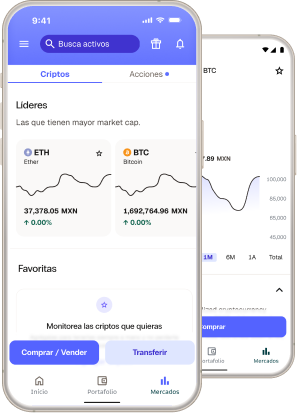During this summer slump, investors got a surprise jolt as the markets sprang to life. Forget about the James Bond type of action; this time, it’s all about Treasury bonds.
It kicked off towards the end of July when the Fed decided to bump up rates by 25 basis points after taking a breather. Powell made it clear that the central bank’s eyes are glued to incoming data, trying to figure out if the economy is headed for a stretch of slower growth, which he thinks is needed for inflation to cool down. Since the market pretty much saw this rate hike coming, it didn’t really stir the pot much. But the day after, a report from the Commerce Department had a bombshell: the U.S. economy had grown faster than anyone expected in the last quarter, with the gross domestic product (GDP) showing a solid 2.4% growth, beating economists’ conservative 1.8% forecast. Plus, the Bank of Japan hinted at some changes to its yield control policy. Investors took this as a hint that higher rates might be on the horizon, and the yield on 10-year bonds shot up like fireworks, dragging down more risk-oriented investments.
And then, just to rub salt in the wound, on August 2, Fitch Ratings dropped the U.S. rating from ‘AAA’ to ‘AA+’. Investors weren’t thrilled because it reminded them about all those U.S. bonds set to hit the market in the next few months. The U.S. Treasury is gearing up to toss out nearly $2 trillion before the year wraps up, while other countries are starting to steer clear of the U.S. bond market due to geopolitical worries.
Fast forward to last week: the yields on those long-term U.S. government debts reached heights we hadn’t seen since 2007, all because investors are feeling pretty confident in the Federal Reserve’s ability to navigate around a recession, even while dealing with inflation by hiking up those interest rates. This whole bond selloff thing (yields go up, prices go down) had a ripple effect over in Europe too. The UK’s 10-year government bond yields leaped to levels they hadn’t seen since 2008, and Germany’s version did a similar dance, reaching heights not seen since 2011.
The minutes that just dropped from the Federal Reserve show that most of the folks in charge still think there’s a real risk that inflation might spike. So, get ready for more rate hikes down the line. But these rising bond yields? They’ve been a real buzzkill for riskier investments, especially stocks, which have had a pretty rough go of it over the past month. And yes, the less-than-happy vibes have spilled over into the cryptocurrency world. For a while, most cryptocurrencies were acting cool, chill, and stable—way less wild than usual. Bitcoin’s been strutting its stuff with a calm 30-day historical volatility rate of 28%, the lowest since January. But when things seem too calm, that’s when stuff tends to explode. And sure enough, last week, the crypto market took a major nosedive. Bitcoin (BTC) pulled a surprise drop to the $25k zone, though it quickly bounced back. Holding this support level is of paramount importance to preserve the bullish momentum.
But let’s talk real talk here: the crypto scene can get pretty wild and mess with investors’ moods super quickly. Those who waved goodbye to the crypto scene as a lost cause saw Bitcoin prices teasing the $30k mark this summer and couldn’t help but wonder why they didn’t hop in sooner. They practically screamed for a chance to jump into the game. And then we got hit with a flash crash that seemed like a golden opportunity to get in at a sweet price. But guess what? Lots of folks missed out. Why? It’s all about psychology, my friends. How investors act is like, totally influenced by the vibe in the market and their own emotions. If there’s this big sense of fear, uncertainty, or just plain ol’ pessimism floating around, even a big ol’ price drop might not be enough to get investors on board. Those sneaky biases, like how we hate losing stuff more than we love gaining it (loss aversion, in fancy terms), or how we tend to stick to the pack and do what everyone else is doing (herding behavior), really mess with our choices. Like, seriously, loss aversion can make us sooo scared of losing, we forget all about the possibility of winning big. And herding? It’s like peer pressure but for investors. We’re way more likely to hold back on buying if we see others not touching that “buy” button during a price slide.
So, is there like, some way to sidestep these tricky biases? Yup, there totally is! Just plan ahead, my friends. If you’re still kicking yourself for not snagging some crypto at a sweet price, set a target for yourself and let the market do its thing. If you do not remember how to do it in the Bitso app, please check this . Volatility in the crypto world works both ways, so you seriously never know when the stars will align and let you swoop in at your dream price.

